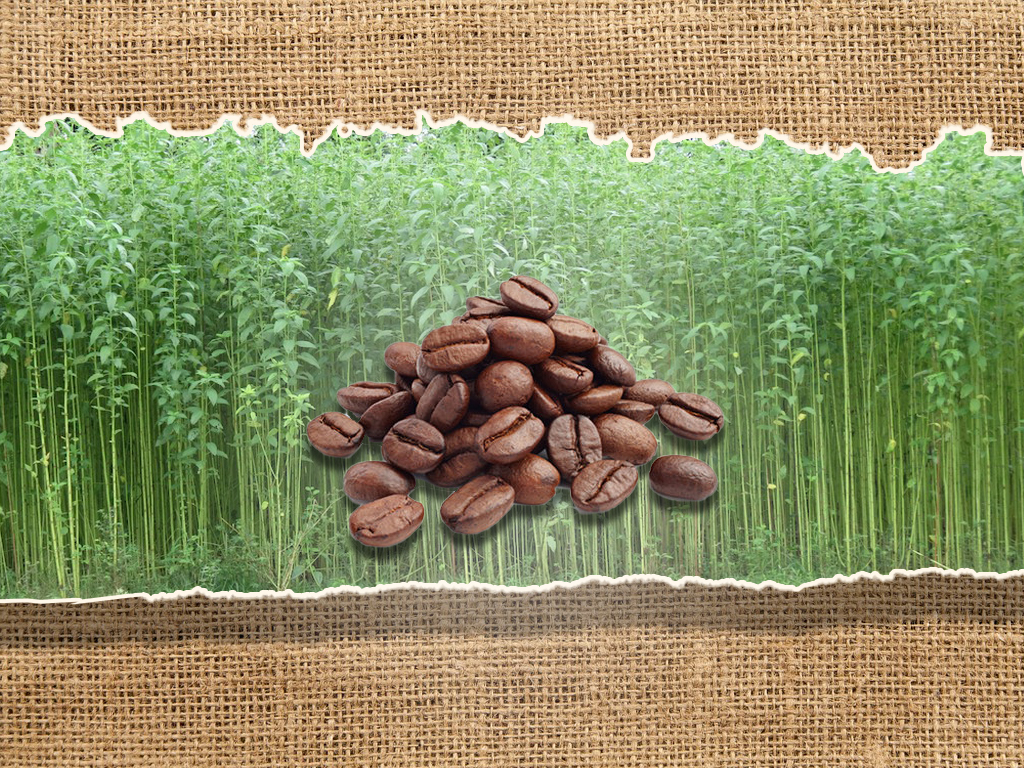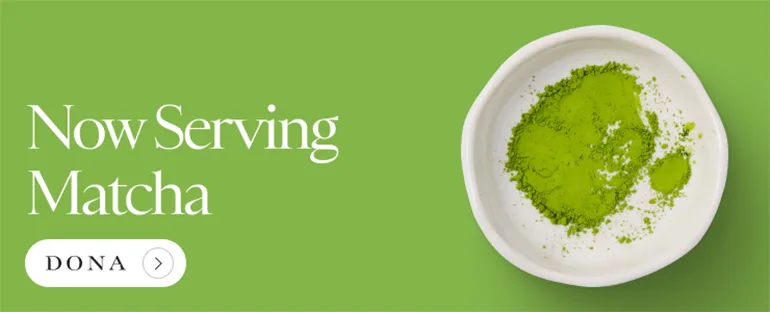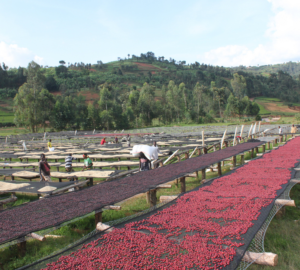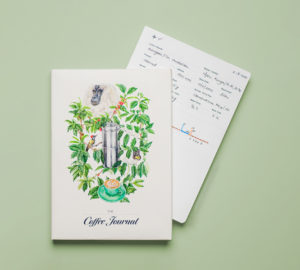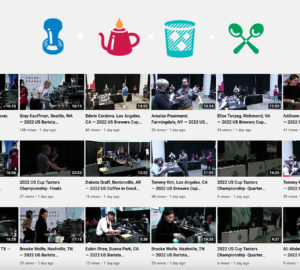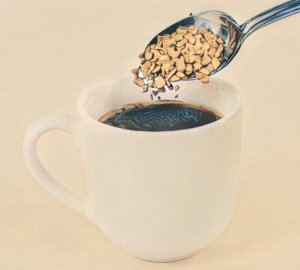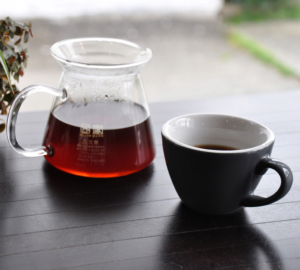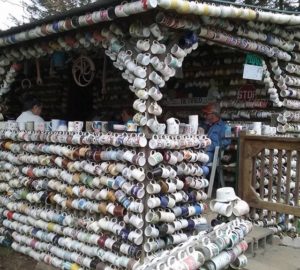One of the unsung heroes of the global coffee trade is the humble jute bag. Inexpensive, strong, and eco-friendly, the jute bag is what allows for the intercontinental transport of green coffee, from origin roastery and every step in between. But how did jute come to be synonymous with green coffee? To find out, we’re digging into the history of this centuries old textile to see where its path became inextricably linked with the world’s most popular beverage.
What Is Jute?
Jute the fiber is the product of the jute plant, specifically those from the Corchorus genus. Fibers are made up of cellulose and lignin from flowering jute plants; it’s the second-most produced natural fiber in the world behind cotton. 100% bio-degradable, the vast majority of jute is produced in India and Bangladesh, who combine to account for over 97% of the annual 3.4 million tons produced each year. Jute even appears on the Bangladesh’s national emblem.
Millenia before coffee was but a twinkle in the eye of some two-stepping goats in the hills of Ethiopia, jute was a staple crop in civilizations in South Asia and the Middle East. Used for both food and textile production, the history of jute goes back to the Bronze Age with the Indus Valley Civilization in the third millennium BCE.
Jute? Burlap? Hessian?
The word “jute” is derived from the Sanskrit juta-s, meaning “twisted or matted hair,” but given the global significance of the textile, it is unsurprising that the fiber has a variety of names spanning centuries and continents. One of the most common secondary names is burlap, first seen in the early 17th century and believed to stem from the Middle English borel, Old French burel, or Dutch boeren, all of which express some manner of coarseness, typically referring to the quality of a cloth. Another term for jute is hessian cloth, which derives its name from the Landgraviate of Hesse, a principality of the Holy Roman Empire between mid-11th and mid-16th centuries that used jute in the uniforms for their soldiers.
Spun into fiber, jute is prized for tensile strength and low extensibility, low price point, and breathability, making it a suitable textile for transportation of agricultural commodity goods.
Jute and Coffee
It was not until much, much later that the histories of coffee—an African plant—and jute—a native of South Asia, at last intersected in South America. In 1727, long before it became a global coffee leader accounting for a third of all production, the first coffee seeds were smuggled into Brazil by Francisco de Melo Palheta. 100 years later, when demand for coffee increased in Europe and America, Brazil was already producing over 40% of the world’s coffee. So naturally, a cheap, reliable, and readily available shipping material would be needed to keep up with demand. Enter jute. Brazilian producers began packing their green coffee in 60kg (131lb) jute bags around the turn of the 19th century and the practice took off, becoming both the standard packaging material as well as codified unit of weight. (Though today bags of coffee can come in a variety of weights, a “bag” of coffee is generally understood to be 60kg.)
Jute in the 21st Century
Jute is still commonplace in the modern coffee trade, though with a few amendments. When jute is employed today, it is often used alongside a less-porous, more air-tight material to help keep out moisture and other atmospheric agents that might negatively impact the green coffee during shipping. A common option in specialty coffee is the GrainPro bag—this reusable, hermetically sealed green plastic bag is actually inside the classic jute, helping maintain coffee’s freshness while still depending on the durability of the jute to offer protection throughout transport.
But jute is not the only shipping material used these days. Polymers polypropylene and polyethylene are both used to today in coffee shipping, allowing for quantities far greater than 60kg to be shipped in a single unit, some up to 1,000kg. Meanwhile in Jamaica, the jute bag is eschewed in favor of a handsome metal barrel, available in three different sizes for export.
Nonetheless, jute remains an enduring part of the coffee zeitgeist. It is still one of the most common shipping materials, and once it has served its purpose, jute is often upcycled. The durable textile can be found adorning cafe walls or remade into personal bags, accessories, and storage containers. It’s reuses are endless, but none better than its original purpose: helping green coffee stay safe and sound on its journey around the world.
Zac Cadwalader is the managing editor at Sprudge Media Network and a staff writer based in Dallas. Read more Zac Cadwalader on Sprudge.
Top image by Malcolm Manners via Wikipedia Commons, modified by Sprudge











